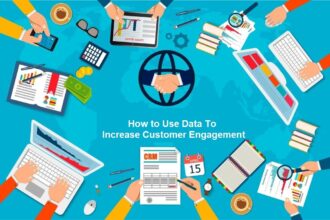A friend posted on Facebook pictures of his motorcycles, adding a comment that his Kawasaki could go 185 MPH — his commutes to work should not take long. Of course, he never claimed that he ever went that fast; he merely stated the bike’s top speed. We seem to want zippier technology, even if it exceeds our real ability to actually utilize the enhancement.
John Lienhard wrote about technological improvements in his book, “The Engines of our Inge…
A friend posted on Facebook pictures of his motorcycles, adding a comment that his Kawasaki could go 185 MPH — his commutes to work should not take long. Of course, he never claimed that he ever went that fast; he merely stated the bike’s top speed. We seem to want zippier technology, even if it exceeds our real ability to actually utilize the enhancement.
John Lienhard wrote about technological improvements in his book, “The Engines of our Ingenuity,” which is based loosely on his Public Radio show of the same name. John writes:
“We are told that necessity is the mother of invention, but history does not bear that out. The true mother of invention is a powerful, driving internal need to invent. We invent because we want to invent. The parents of invention are those inexorable internal needs for self-satisfaction and freedom.”
In his book, Dr. Lienhard includes an interesting time graph showing the continuously improving speeds of vehicles for two hundred years starting in 1800. Within 100 years, inventors had so improved steam cars and locomotives that instead of puttering about on land at under 20 MPH, they were now barreling along at over 100 MPH.
From 1900 to 2000, engineers worked on the internal combustion car and continually picked up speed, increasing from 100 MPH to over 400. Switching to jet engines, engineers got the cars up to almost 800 MPH — now there’s a fun commute!
Vehicles in the air saw a similar trend in speed improvements. In the late 1800s, gliders started out flying very slowly, but inventors added propellers and had planes exceeding land speed records around 1930. Later improvements — such as jet engines — enabled planes to go faster than 1000 MPH; fixed-wing rocket crafts went even faster.
Lienhard points out that both the land and air speeds exponentially increased over time; they were not influenced by wars or other major historical events. He puts it this way: “human ingenuity…is remarkably impervious to external pressure.”
So there is really no practical reason for a middle-aged man to approach 200 MPH on two wheels; it just has something to do with “self-satisfaction and freedom.”
How does this relate to Business Intelligence software, you ask? Well, in the early days of building BI applications, we would putter along at the speed of keystrokes, typing in a text editor. Going 80 WPM between coffee breaks was pretty much a breakneck speed for report developers.
Hoping to increase the efficiency of app dev, software vendors came out with visual environments where the developer could “paint” the results and let the tool generate the code. This improvement was an obvious improvement over manually typing cryptic instructions.
For reasons similar to “self-satisfaction and freedom,” I decided to take BI application development to the next level — strapping a jet rocket on the tool, if you will. Using the metadata of the underlying database as a driver, I built a mass code generator that can spit out, in seconds, hundreds of dynamic web launch pages with accompanying parameterized online queries (two well-known firms take a closer look at the software during this first month of 2009).
But like the Kawasaki, just because the technology goes that fast does not mean that you will. I developed this tool last year as part of a mass BI conversion for another client. I soon realized that humans place restraints on how fast you can really create BI applications, despite the speed of the technology.
Once you generate hundreds of reports, you still have to wait for somebody to review them, test them, approve them, and move them into production — sort of like a BI speed limit.






